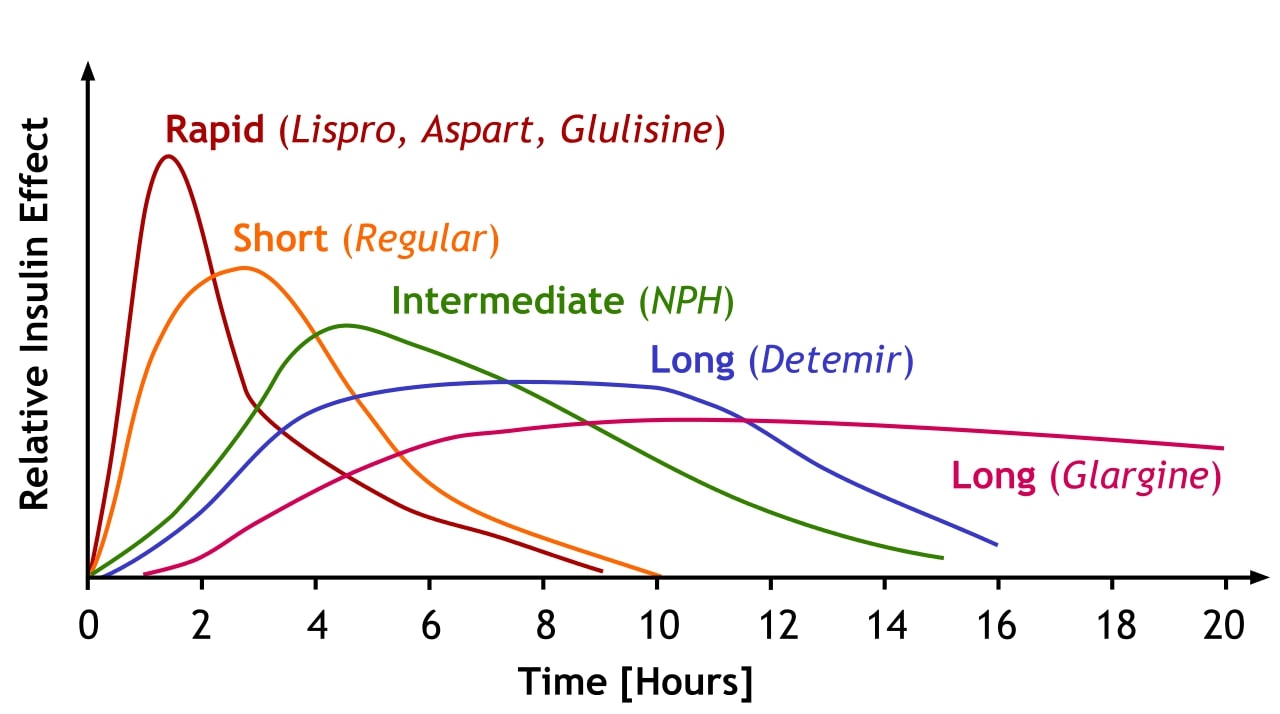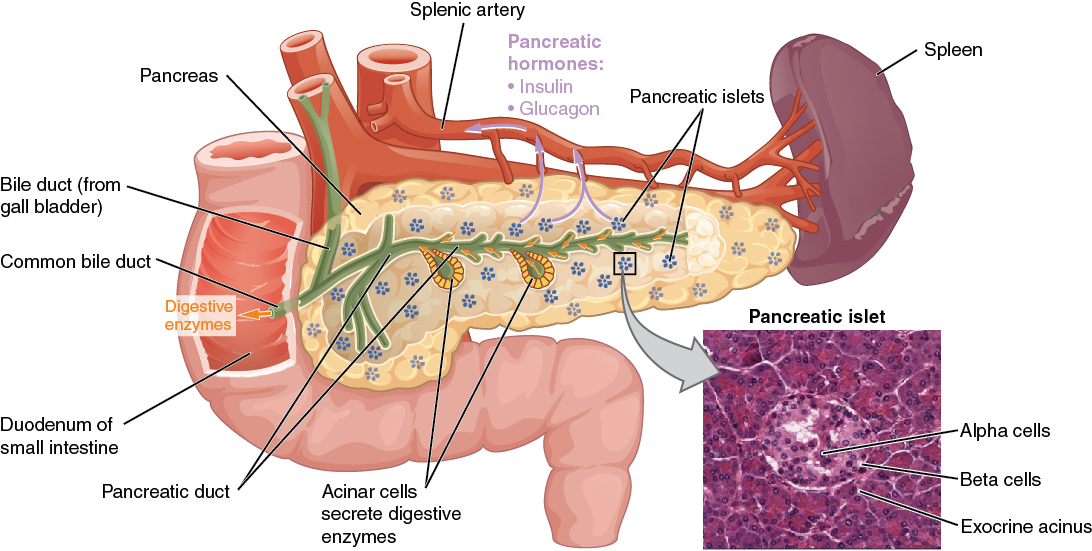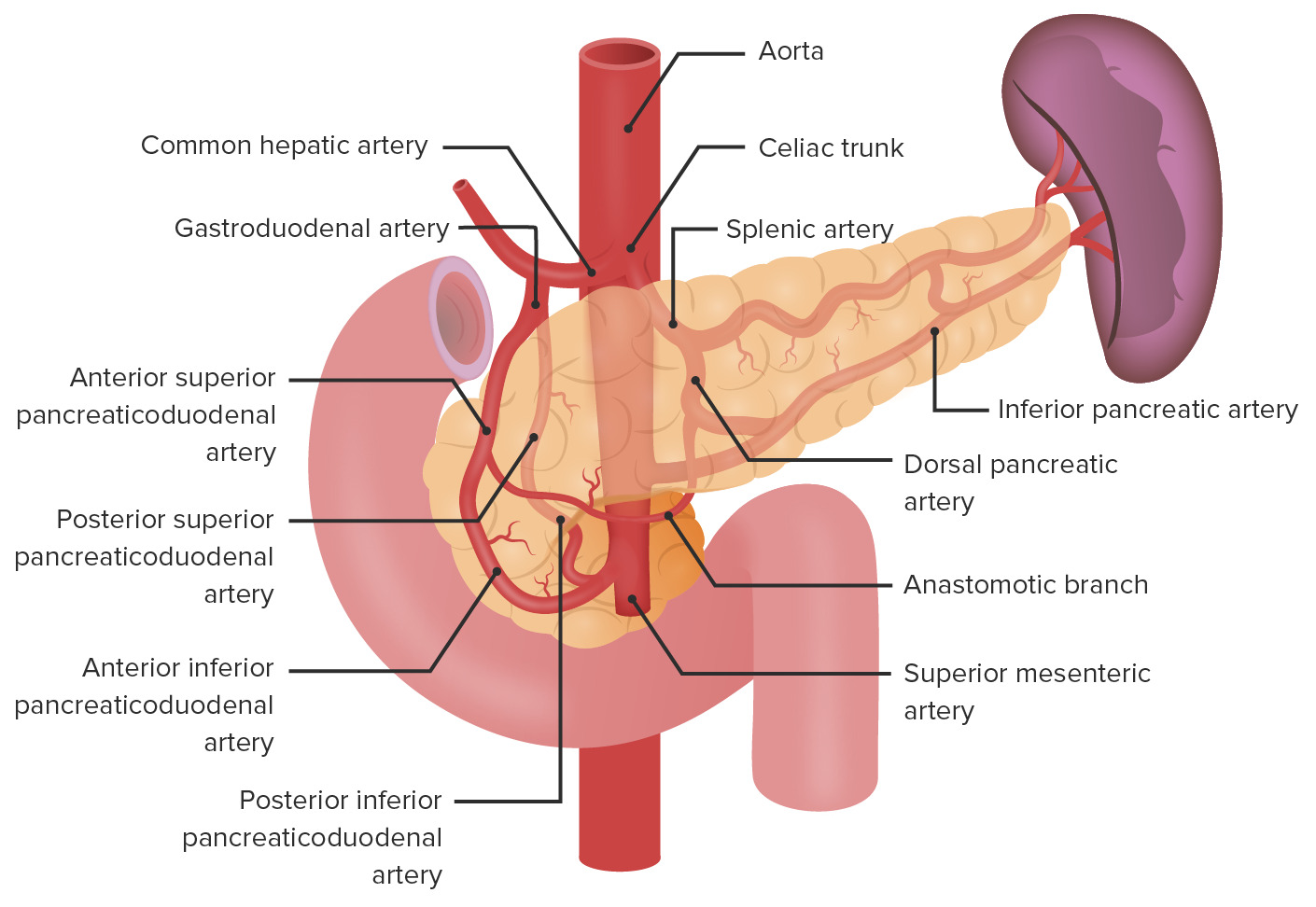Playlist
Show Playlist
Hide Playlist
Insulin: Functions
-
Slides Endocrine Pancreas Endocrine System.pdf
-
Download Lecture Overview
00:00 When insulin binds with receptor of the liver cell hepatocyte. 00:05 What you are going to get is glucose uptake. 00:07 We are going to get glycogenesis which is the production of glycogen. 00:14 So this is the process in which, now glucose is not only entering the cell but going to start storing it. 00:23 So the enzymes that are associated with making new glycogen are being up regulated. 00:32 There is also an increase in glycolysis in making new fats or lipogenesis as well as protein synthesis. 00:42 So this whole process of insulin is really not only to bring glucose within a cell. 00:48 But it is to start building new things. 00:51 Glycogen, fats, proteins, they are going to be storing energy because you never know when you might need it. 01:01 In skeletal muscle they do some similar things. 01:06 The one big difference with skeletal muscle versus liver cell hepatocyte, is that once you stimulate insulin receptors there's going to be an up regulation of the glut receptor. 01:21 Glut is what transports the glucose into the cell. 01:26 So there's a specialize glut4 transporter that will be brought to the surface of the cell. 01:34 And therefore, you're going to be able to bring in even more glucose. 01:38 It also stimulates the formation of glycogen, glycolysis, making new fats as well as protein synthesis. 01:50 So those parts are very similar to the liver cell. 01:54 The big difference is that the glucose is what we call insulin sensitive because you increase the amount of glut4 transporter. 02:10 Let's now again take a big picture, look at this. 02:12 What is happening across the whole body. 02:14 Glucose in response to insulin moves within muscles. 02:17 Moves within liver cells. 02:18 Even moves into adipose tissue. 02:22 Fatty acids also move into adipose tissue. 02:26 So they can be put together to form fats. 02:30 Ketoacids don't change. 02:34 And finally amino acids move into muscles so they can be involve with the protein synthesis. 02:42 So therefore, you have decreases in all of these functional items in the blood. 02:49 Glucose goes down, fatty acids go down, ketones go down. 02:53 And amino acids go down. 02:55 All in response to insulin.
About the Lecture
The lecture Insulin: Functions by Thad Wilson, PhD is from the course Endocrine Physiology.
Included Quiz Questions
What is glycogenesis?
- Production of glycogen
- Production of glucose
- Production of glucagon
- Polymerization of glucose
- Addition of glucose molecule
Which of the following would be expected with increased release of insulin?
- Increased uptake of glucose by skeletal muscle cells
- Increased blood glucose levels
- Decreased uptake of glucose by adipocytes
- Decreased uptake of glucose by hepatocytes
- Increased fatty acid levels in the blood
Customer reviews
5,0 of 5 stars
| 5 Stars |
|
1 |
| 4 Stars |
|
0 |
| 3 Stars |
|
0 |
| 2 Stars |
|
0 |
| 1 Star |
|
0 |
Very clear and precise explanation. Very professional. Thank you very much.







